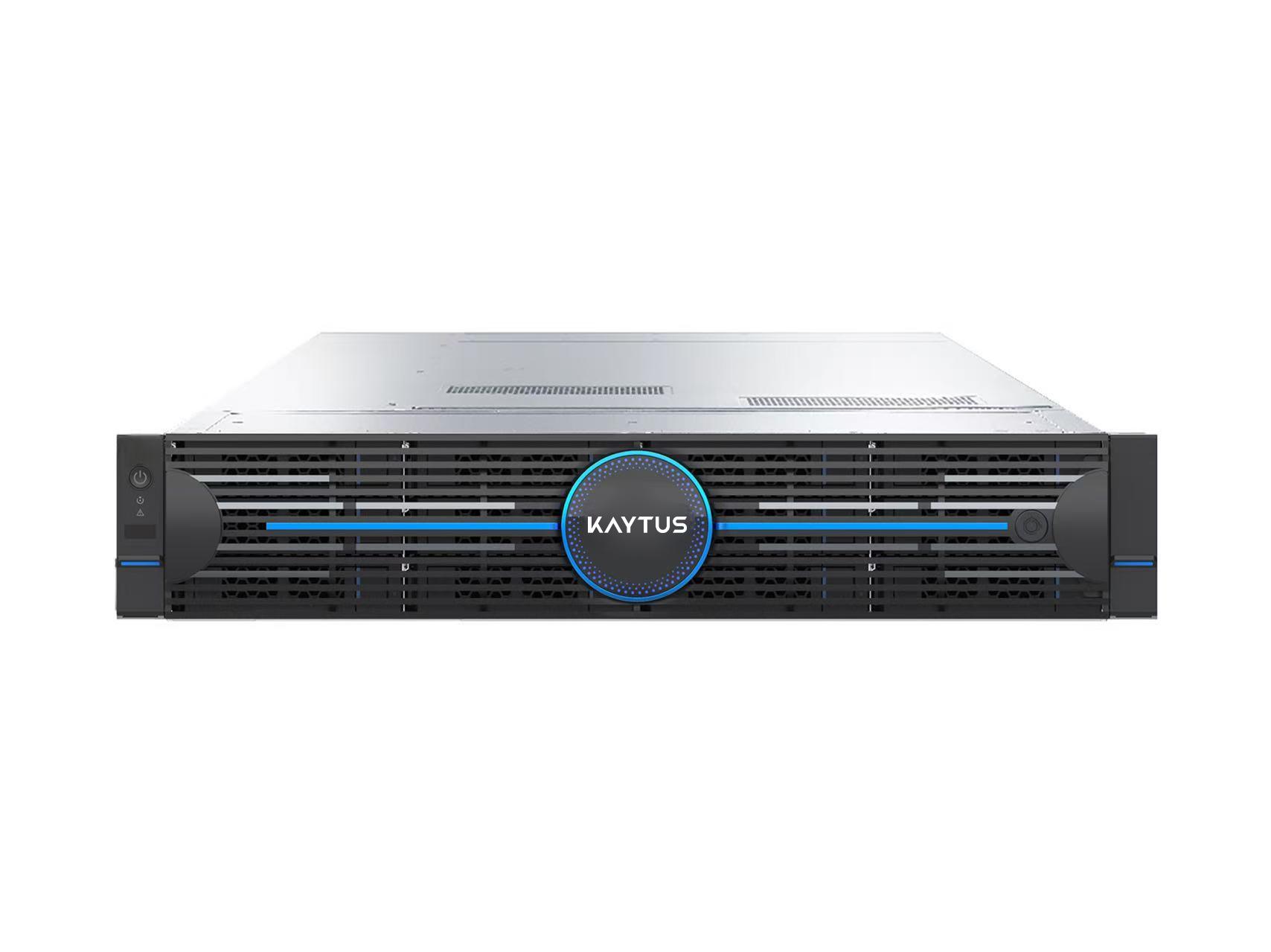In the bustling, often abstract world of cloud computing and virtual services, it's easy to forget the physical heart that powers our modern lives. Behind every streamed movie, every online transaction, and every piece of data in the cloud lies a tangible, powerful piece of engineering: the rack-mounted server. These unassuming units are the fundamental building blocks of the global digital infrastructure, and understanding their role is key to understanding how our connected world operates.
Unlike their consumer-grade desktop counterparts, rack-mounted servers are designed for a singular purpose: performance, reliability, and efficiency in a consolidated form factor. They are the workhorses of data centers, built to be stacked vertically within a standardized framework known as a server rack. This design philosophy isn't about aesthetics; it's about density and manageability. Where you might fit a handful of tower servers in a room, a single 42U rack can house dozens of these streamlined machines, creating an immense concentration of computing power in a minimal footprint.
The Anatomy of Efficiency and Scalability
The defining characteristic of all rack-mounted servers is their standardized width of 19 inches, allowing them to be mounted into any compatible rack. Their height, however, is measured in "Units" (U), typically ranging from a compact 1U to a more expansive 4U or more. This unit-based sizing allows IT managers to plan data center space with precision. A 1U server is a space-saving champion, ideal for high-density web hosting or lightweight applications. A 2U or 4U server offers more internal space for additional hard drives, powerful GPUs, or specialized cooling systems, making them perfect for data storage, high-performance computing, and AI workloads.
This modularity is their greatest strength. When an application demands more power, you don't need to replace an entire system. You can simply add another rack-mounted server to the rack. Need more storage? Slide in a storage-optimized node. Require more processing power for a new analytics platform? Integrate a server with the latest CPUs. This "Lego-block" approach to infrastructure allows businesses to scale their IT capabilities horizontally, adding resources as needed without massive upfront overhauls. The entire rack becomes a unified, powerful system, rather than a collection of disparate computers.
Beyond the Hardware: Centralized Management and Control
The benefits of using rack-mounted servers extend far beyond mere physical consolidation. A server rack is an ecosystem designed for control and efficiency. These systems are equipped with out-of-band management controllers, like the ubiquitous iDRAC (Dell), iLO (HPE), or IPMI. This powerful feature allows system administrators to manage, monitor, and troubleshoot every server in the rack remotely—as if they were standing right in front of it. They can power cycle a frozen unit, install an operating system, or check hardware health logs from anywhere in the world. This centralized management drastically reduces downtime, simplifies maintenance, and cuts operational costs.
Furthermore, the rack environment provides centralized power and networking. Redundant power distribution units (PDUs) ensure that even if one power source fails, the servers keep running. Network switches mounted within the same rack provide high-speed, low-latency connectivity between all the servers and the wider network. This integrated approach eliminates cable clutter and creates a clean, optimized pathway for data to flow.
Conclusion: The Indispensable Foundation
From powering the world's largest social media platforms and financial institutions to running the private cloud for a growing mid-sized business, rack-mounted servers remain the indispensable foundation of enterprise IT. They represent the perfect marriage of raw power, practical design, and intelligent management. While the conversation in tech often leans towards the ethereal "cloud," it's crucial to remember that the cloud itself is, ultimately, someone else's expertly arranged collection of rack-mounted servers. They are the silent, reliable engines of the digital age, and for any organization serious about performance, scalability, and control, they are not just an option—they are the solution.
Rack-Mounted Servers: The Unsung Backbone of the Digital World

